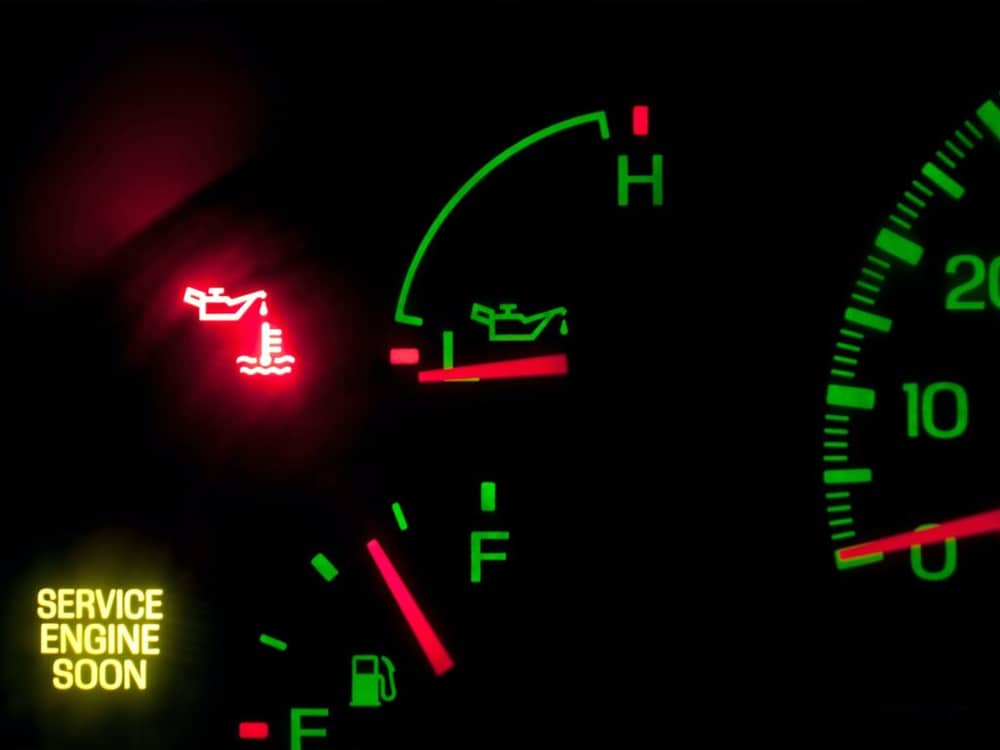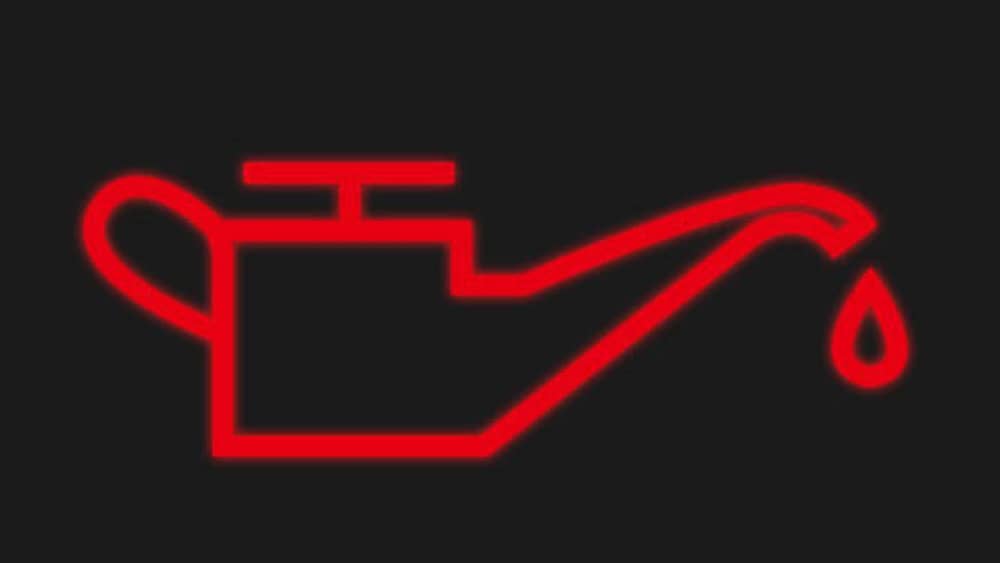Dropping oil pressure in your vehicle when you come to a halt might be a serious problem that requires immediate treatment. Oil pressure is an important factor in maintaining the health and performance of your engine. So, why does my oil pressure drop when I stop?
The engine’s RPM is rather high while driving, and the oil pump circulates oil at a sufficient pace to maintain appropriate pressure. When you come to a complete stop, the engine’s RPM drops dramatically, reducing the efficiency of the oil pump. Several reasons can contribute to this drop in oil pressure.
Wear and tear of engine components or low oil levels are two major causes of a decline in oil pressure at idling. This occurrence can also be caused by problems with the oil pump, a blocked oil filter, or engine troubles. Ignoring low oil pressure can result in severe engine damage and expensive repairs.
Understanding the underlying reasons and adopting corrective measures are therefore critical. We will help you uncover the causes and solutions to this problem in this article.
Why Does My Oil Pressure Drop When I Stop?

A decline in oil pressure when your vehicle comes to a halt can indicate a variety of underlying problems. Low oil level, damaged oil pump, oil viscosity… are all possible reasons why oil pressure drops when you stop:
Low Oil Level
One common cause is a low oil level. If your engine has insufficient oil, it will be unable to sustain optimal pressure while idling. It is critical to monitor and maintain the proper oil level on a regular basis to avoid this problem.
Worn Oil Pump
Another possible culprit is a worn oil pump. The oil pump will wear out and lose efficiency over time. This can result in a diminished ability to circulate oil at the needed pressure, especially at low RPMs while coming to a halt.
Oil Viscosity
Furthermore, particularly in colder climates, oil viscosity can be important. Oil’s flow rate may be impacted by thickening in colder climates. Low pressure at idle may be caused by thicker oil. It’s critical to select the right oil viscosity for your environment in order to address this problem.
Clogged Oil Filter
An additional option is a clogged oil filter. Pressure might decrease if an oil filter is blocked or past time for repair. In order to avoid this problem and guarantee appropriate oil circulation, regular filter changes are important.
Leaking Gaskets or Seals
A source of oil loss could be leaking gaskets or seals. Overall pressure can be decreased by oil leaks brought on by failing gaskets or seals because they let in less oil. It is critical to locate and repair these leaks in order to keep oil pressure levels stable.
Engine Wear and Tear
In older automobiles, engine wear and tear is a regular problem. Internal components such as bearings and crankshaft journals can wear out as engines age. This wear and tear can cause a drop in oil pressure, particularly during idle times.
Faulty Pressure Relief Valve
Oil pressure may become out of balance and even drop when the engine is idle if the oil pump’s pressure relief valve is malfunctioning.
Low Idling RPM
Low idle RPM is frequently the result of problems with the throttle body or idle control valve. When you come to a stop, it could lead to inadequate oil pressure. To avoid problems with oil pressure, very low idling RPM needs to be handled.
Oil Pump Drive or Timing Chain Issues
Issues with the oil pump drive or timing chain can also cause unpredictable oil pressure patterns. Any issues with the oil pump’s driving mechanism or timing chain should be looked at.
Worn Engine Bearings
Engine Damage Bearings, such as connecting rod or main bearings, can drastically lower oil pressure, particularly when the engine is idling.
To summarize, determining the precise source of the oil pressure reduction when stopping is critical to avoiding engine damage. Proceed to the following section and determine the best method of repair.
Read More: How To Fix Bad GEM Module Symptoms?
How To Fix Oil Pressure Drop When Stopping?

Follow these more thorough steps to fix the issue:
Inspect and Top Up Oil Levels
Check the engine’s oil level on the dipstick to start. Make sure it is within the suggested range. Add the right kind and amount of oil, as directed in your vehicle’s manual, if the oil level is low. Check and maintain the optimum oil levels frequently to avoid further pressure decreases.
Change the Oil and Filter
It’s critical to change both the oil filter and the oil if either one appears filthy. Low oil pressure and poor lubrication are two effects of old, unclean oil. Better oil flow and pressure are guaranteed with a recent oil change and new filter.
Investigate for Oil Leaks
If there are any obvious oil leaks, inspect the engine and the surrounding region. Oil loss and pressure decreases might result from leaking gaskets, faulty seals, or oil lines. To avoid further problems, patch any leaks as soon as you find them.
Evaluate the Oil Pump
Inadequate oil circulation and insufficient pressure can result from a worn-out or damaged oil pump. Get the oil pump checked out by a mechanic to see whether it needs to be repaired or replaced.
Address Potential Clogs
Examine the oil tubes for any obstacles or blockages. Clogs can obstruct the flow of oil and cause pressure decreases. To guarantee adequate oil flow, you may need to remove and clean components such as the oil pickup tube in some circumstances.
Examine the Pressure Relief Valve
The pressure relief valve assists in regulating oil pressure. If it fails, it can result in unpredictable pressure levels. Have a professional inspect and, if necessary, replace this valve.
Investigate Timing Chain and Oil Pump Drive
Oil pressure can be disrupted by timing chain faults or issues with the oil pump’s driving mechanism. A thorough check can help discover and correct these issues, resulting in smoother oil circulation.
Check Engine Bearings
Engine bearings may need to be replaced if they have sustained significant wear. Since this is a more involved repair, a trained mechanic is usually needed. Particularly at idling, worn bearings can cause considerable decreases in oil pressure.
Idle Speed Adjustment
Low oil pressure when you stop can result from a vehicle’s idle RPM being too low. It could be possible to increase oil pressure at idle by adjusting the idle speed to meet the manufacturer’s requirements.
Select the Right Oil Viscosity
Make certain that you are using the appropriate oil viscosity for your climate. Oil pressure can be considerably impacted by using the manufacturer’s suggested oil type.
Prioritize Routine Maintenance
It’s important to keep up with routine car maintenance, such as changing the oil and filters. For information on the manufacturer’s suggested service intervals, consult your owner’s handbook. It avoids various problems with oil pressure.
Consult a Professional Mechanic
Consult a skilled mechanic if you’re unsure about the cause. They are equipped with the knowledge and diagnostic equipment needed to precisely identify and address the problem.
For the general well-being and durability of your engine, maintaining proper oil pressure is essential. Any oil pressure issues should be addressed promptly and thoroughly to avoid more serious and expensive engine damage later on.
